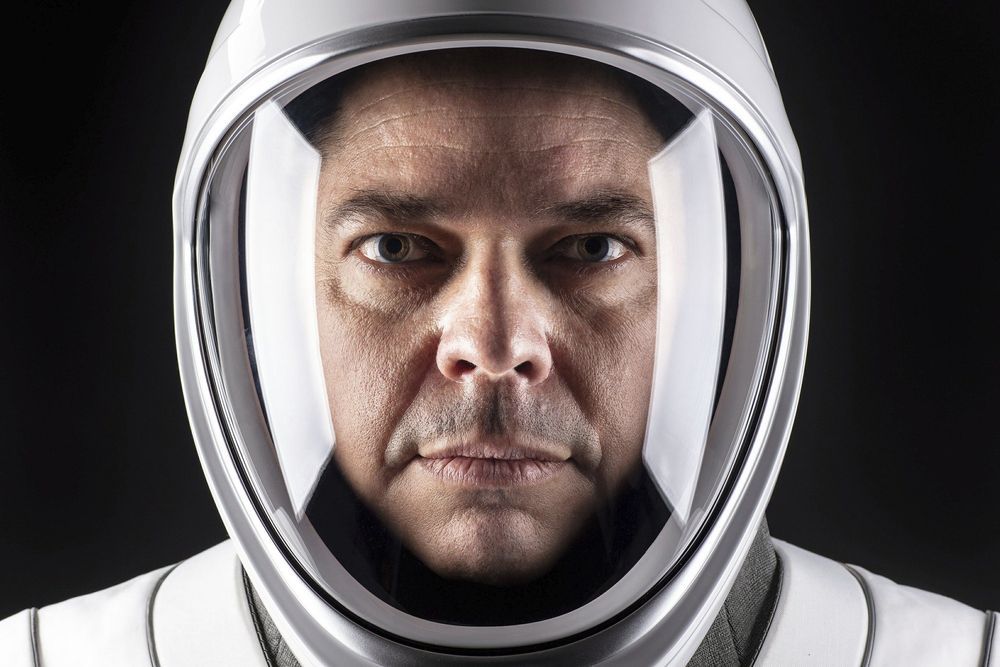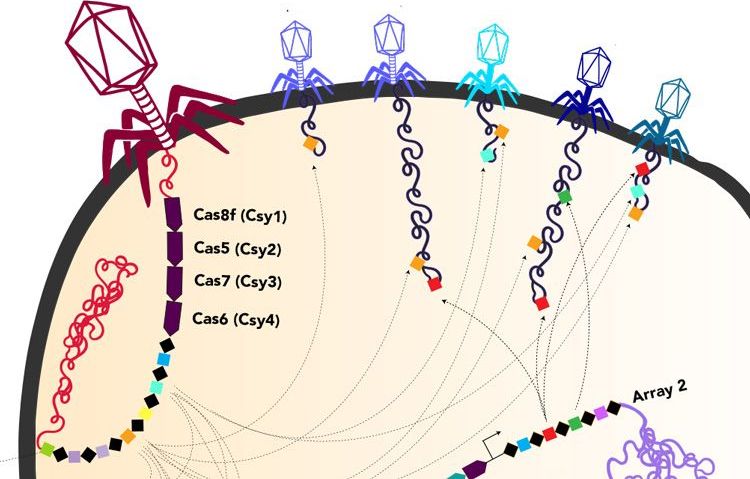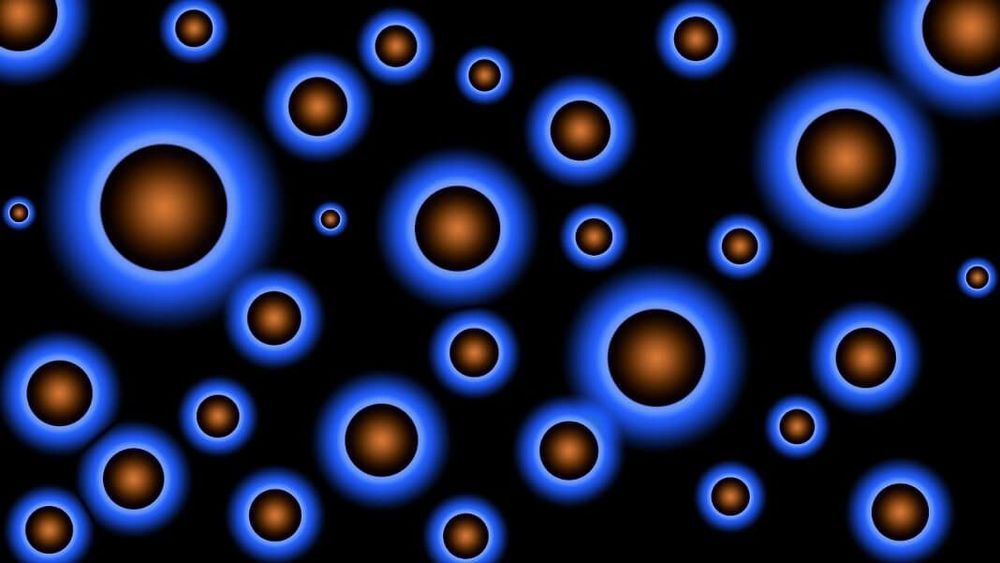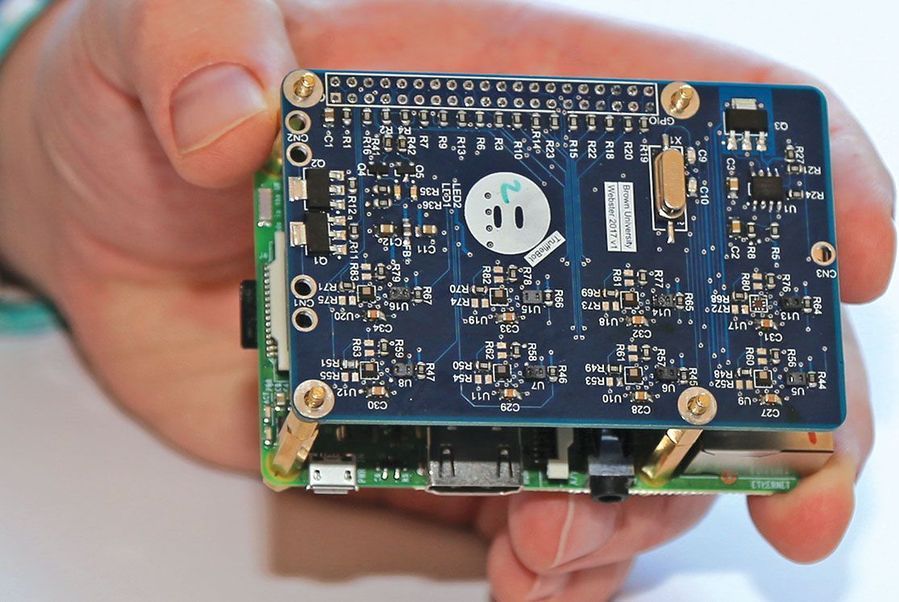CAPE CANAVERAL, Fla. (AP) — The first astronauts launched by SpaceX are breaking new ground for style with hip spacesuits, gull-wing Teslas and a sleek rocketship — all of it white with black trim.
The color coordinating is thanks to Elon Musk, the driving force behind both SpaceX and Tesla, and a big fan of flash and science fiction.
NASA astronauts Doug Hurley and Bob Behnken like the fresh new look. They’ll catch a ride to the launch pad in a Tesla Model X electric car.









